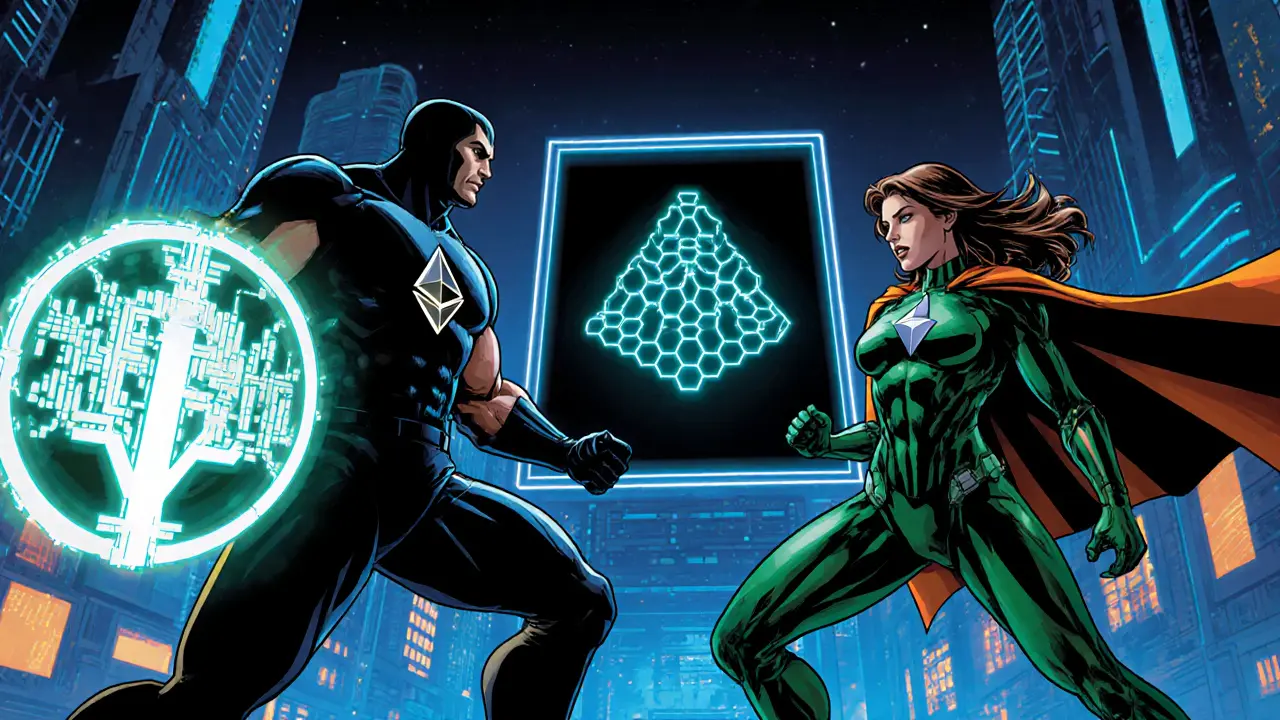When working with Bitcoin verification, the process of confirming that a Bitcoin transaction is valid and settled on the blockchain. Also known as BTC verification, it helps you avoid fake receipts, double spends, and lost funds. Understanding this core step is the first line of defense for anyone holding or moving Bitcoin.
One of the most important pillars behind Bitcoin verification is blockchain consensus, the agreement mechanism that nodes use to decide which blocks are true. Whether you’re watching a miner’s block on a public explorer or using a wallet that auto‑syncs, consensus guarantees that the network sees the same transaction history. Without it, anyone could rewrite the ledger, making verification meaningless.
Another technical snag you might run into is a hash collision, a rare event where two different inputs produce the same cryptographic hash. In Bitcoin, a successful collision could let an attacker craft a fraudulent transaction that looks legit. While modern hash functions make this scenario practically impossible today, keeping an eye on research and quantum‑resistance developments is part of thorough verification practice.
From a user perspective, verification isn’t just about security—it’s also about confidence in your investment strategy. That’s where Dollar Cost Averaging (DCA), a systematic buying method that spreads purchases over time to reduce price risk comes in. When you set up a Bitcoin DCA plan, each recurring purchase should be verified against the network to ensure you’re actually receiving the coins you paid for. Skipping verification on even a single installment can leave you exposed to a silent loss.
Because Bitcoin sits among thousands of crypto assets, its market cap often serves as a quick health check. The cryptocurrency market cap, the total value of all coins in circulation multiplied by their current price influences how robust verification services are. A higher market cap usually draws more node operators, tighter fee markets, and stronger tooling, making verification smoother and cheaper. Conversely, during a market slump, network congestion can rise, delaying confirmations and complicating verification.
All the pieces we’ve mentioned—consensus, hash collisions, DCA, and market cap—interact in a simple triangle: Bitcoin verification encompasses transaction authenticity, requires blockchain consensus, and is affected by network health metrics like market cap. If any side of that triangle wobbles, your verification process feels the strain. That’s why a solid verification routine checks multiple signals: the number of confirmations, the fee paid, the node’s sync status, and the latest block hash.
In practice, you can use a handful of free tools to run these checks. Public explorers show confirmation counts, while wallet APIs let you fetch the Merkle proof for any transaction. For the ultra‑cautious, running a light node gives you an independent view of the consensus state, eliminating reliance on third‑party services. Whatever you choose, always verify that the transaction ID matches the amount and address you intended.
Now that you’ve got the basics covered, the articles below dive deeper into each sub‑topic. You’ll find step‑by‑step DCA setup guides, an explainer on how modular blockchain architecture can make verification faster, and a look at the latest research on hash collisions. Grab the insights that match your skill level, and start verifying with confidence.
Ready to explore the full collection? Below you’ll discover actionable tips, technical deep‑dives, and real‑world examples that will sharpen your verification game and keep your Bitcoin safe.

Explore the core differences between Binary Merkle Trees and Merkle‑Patricia Trees, their uses in Bitcoin and Ethereum, performance trade‑offs, implementation challenges, and which structure fits your blockchain project.